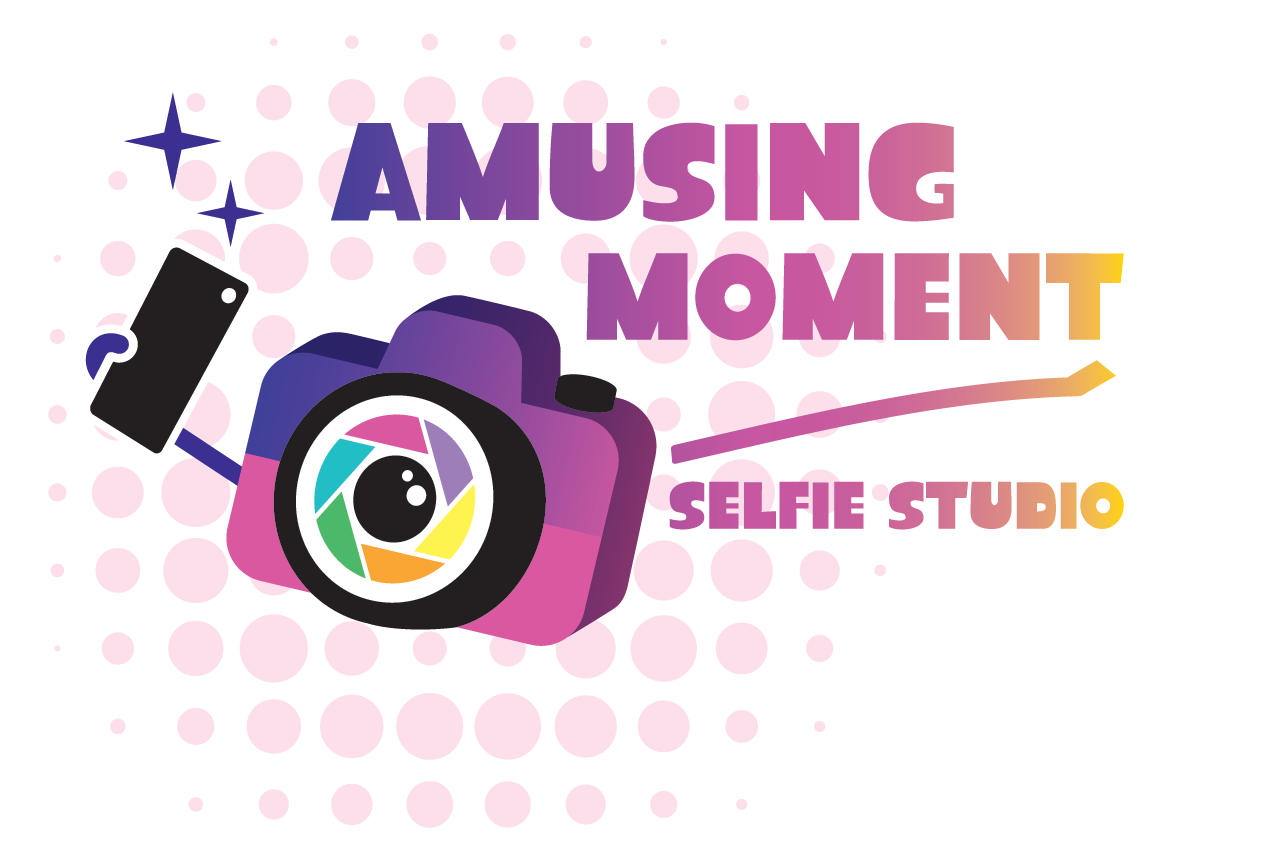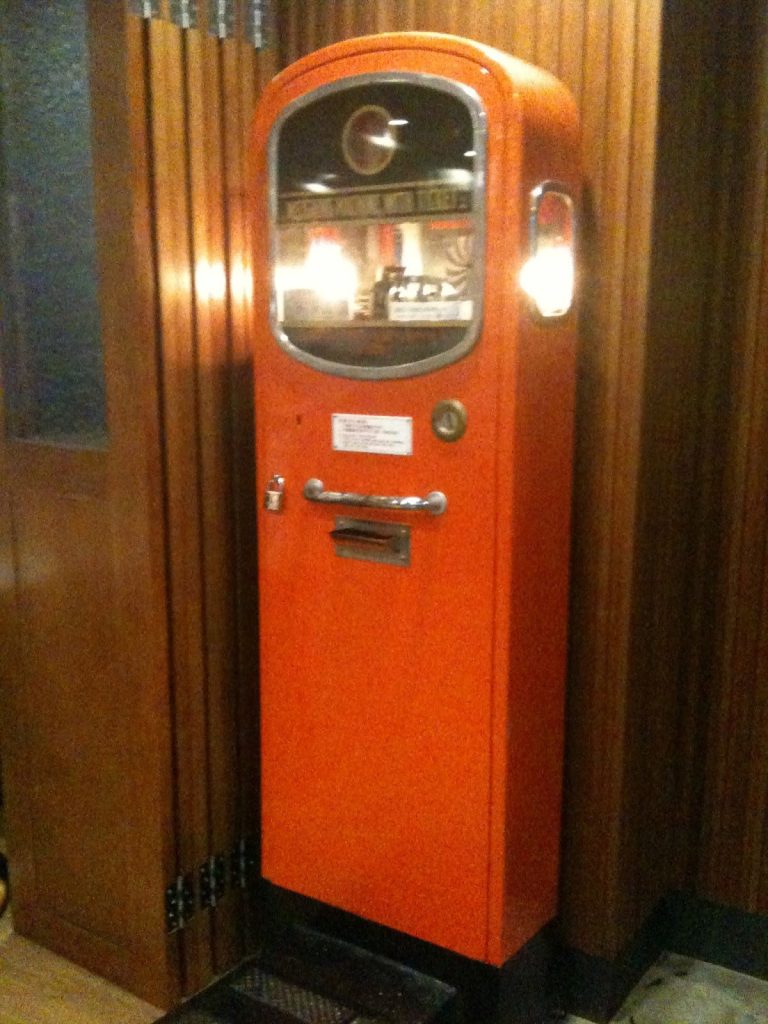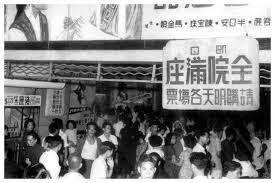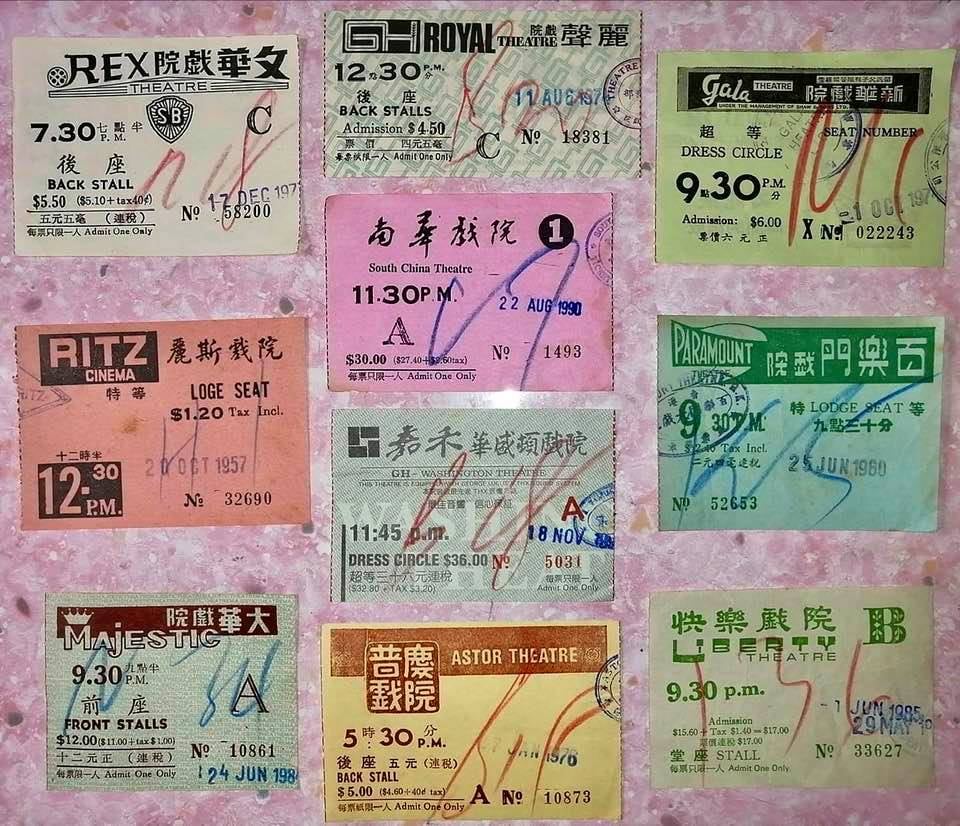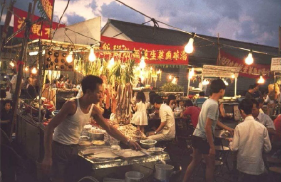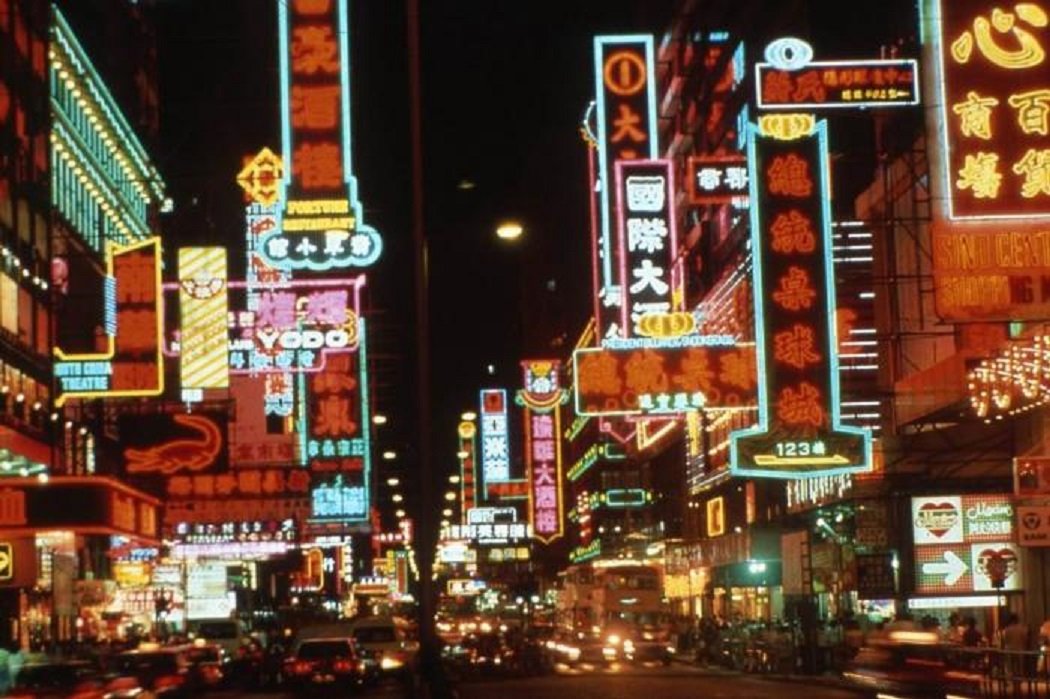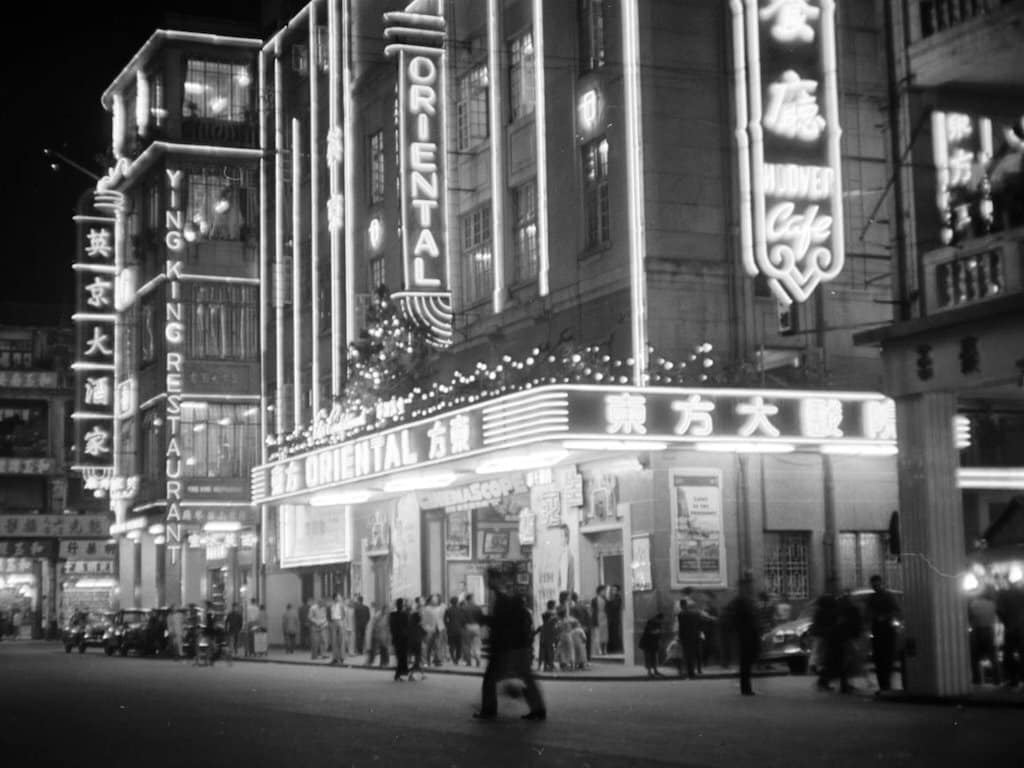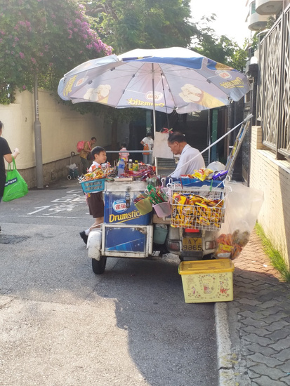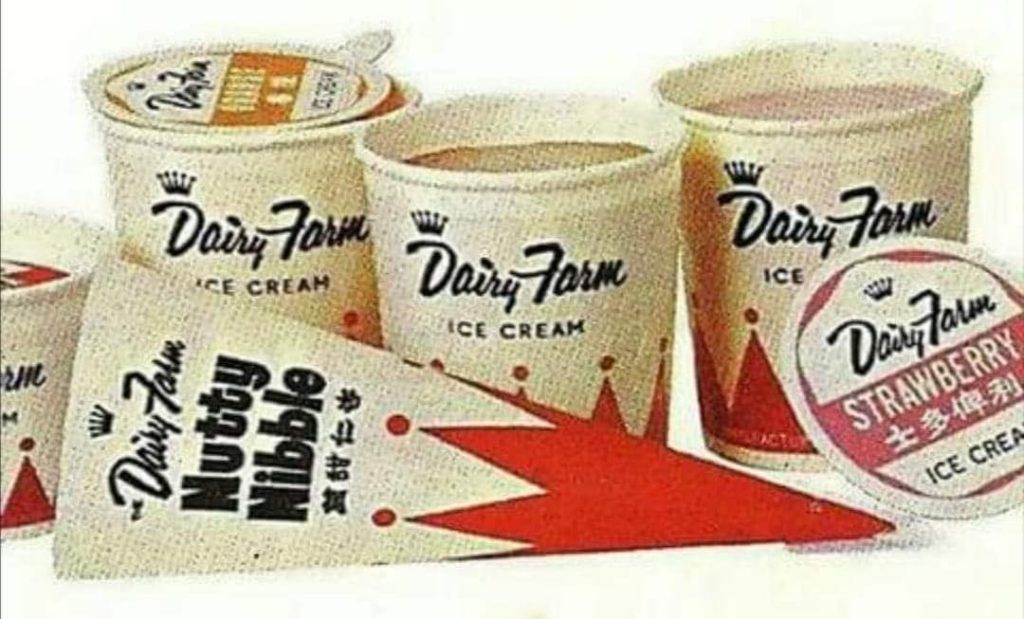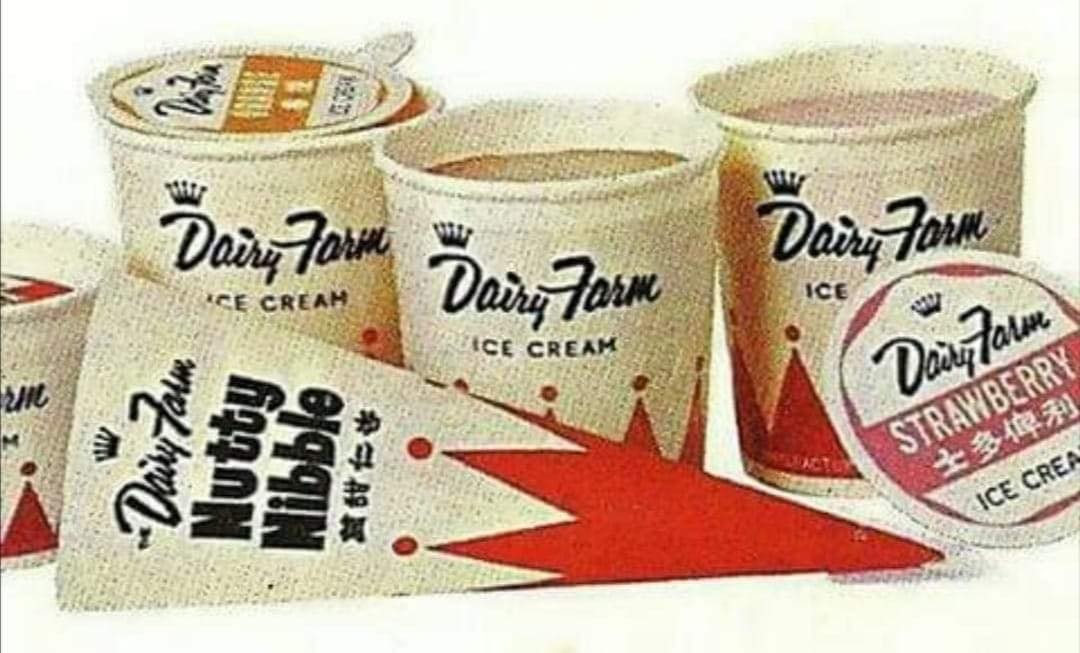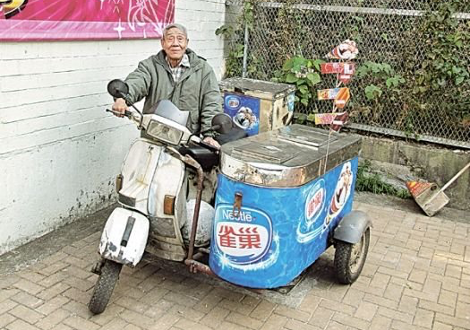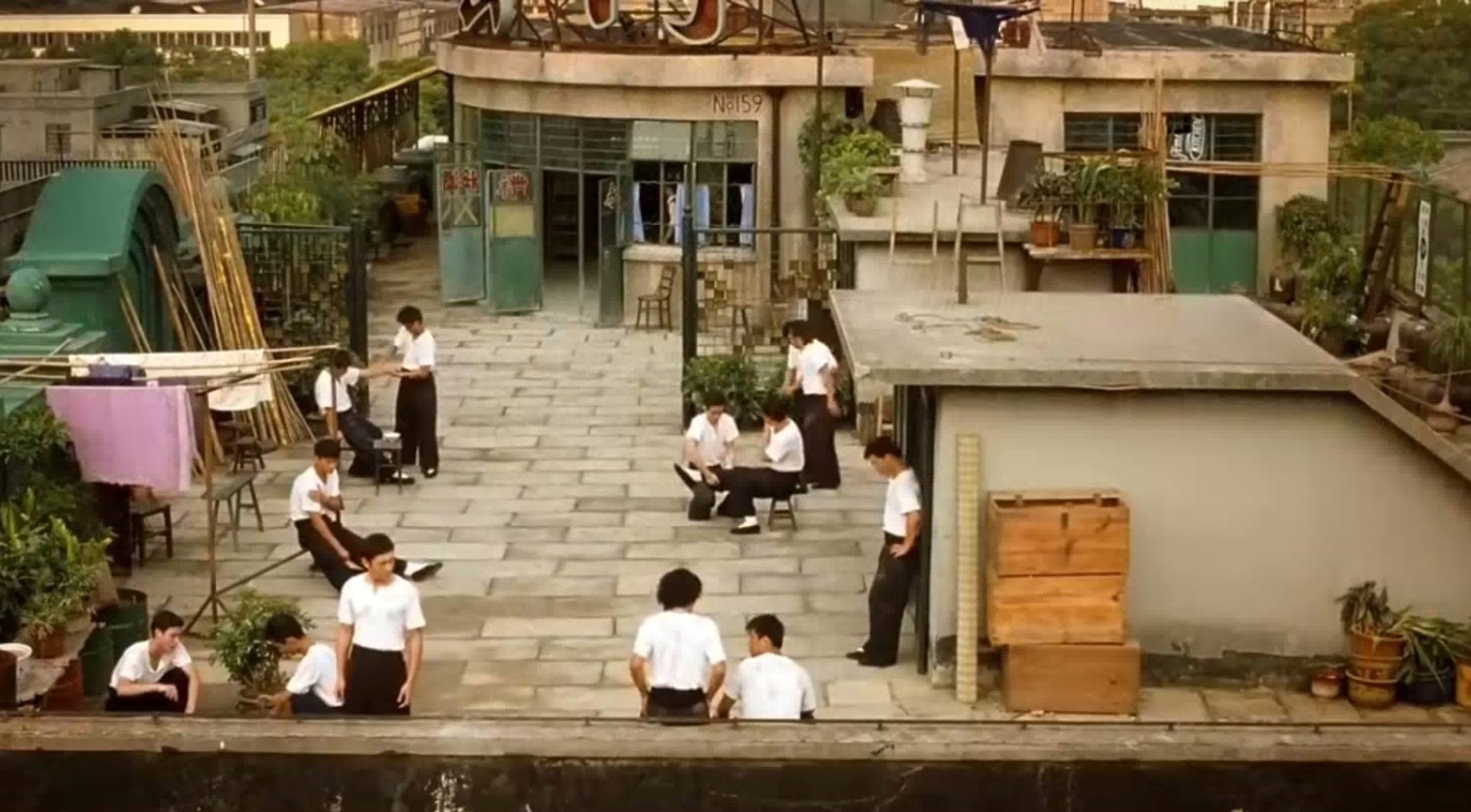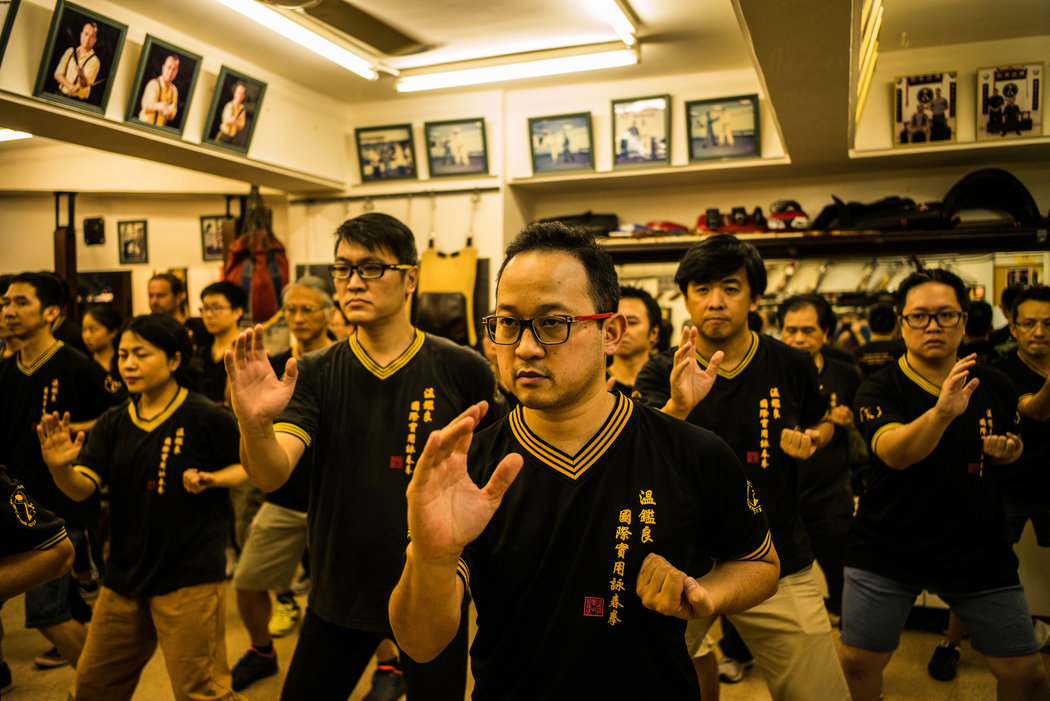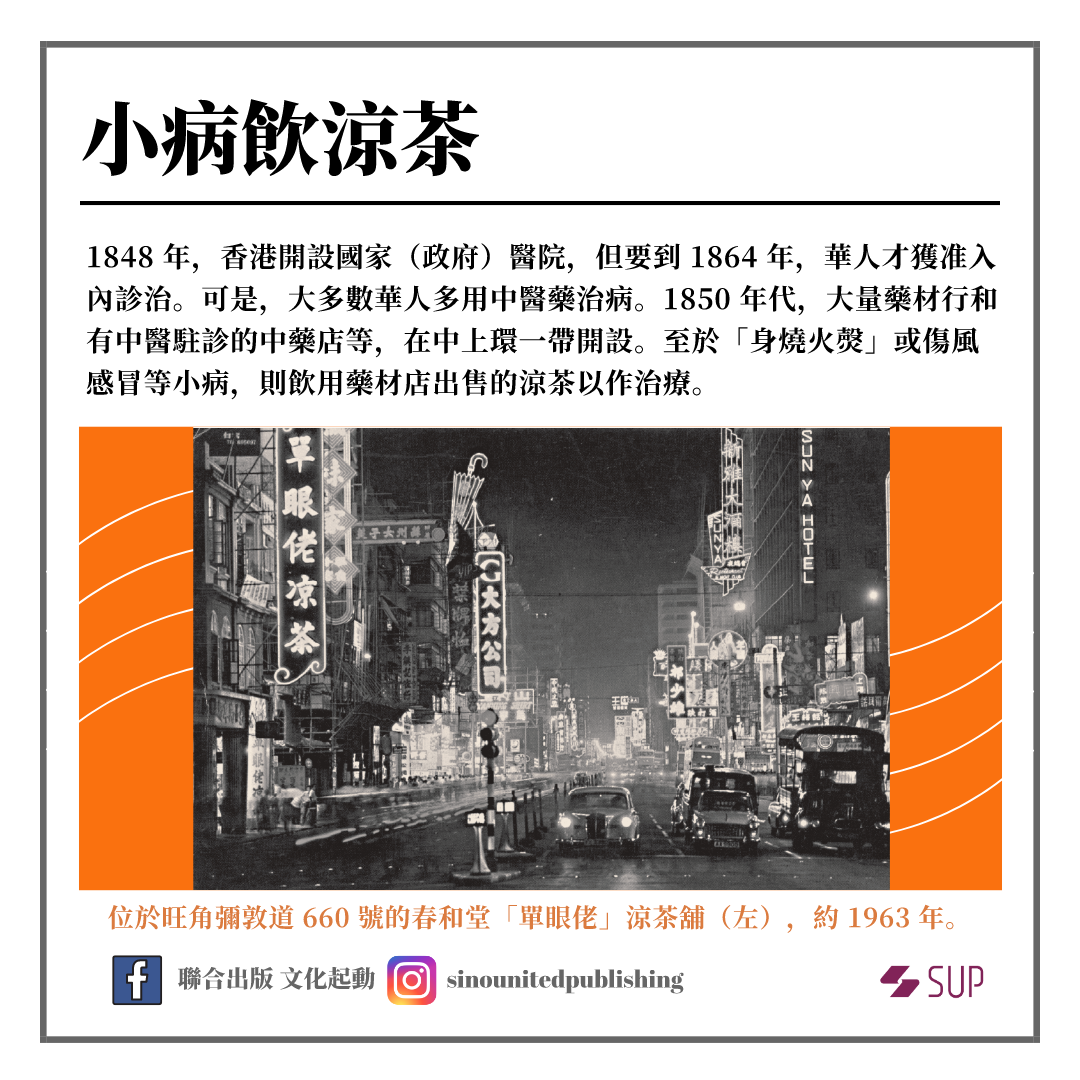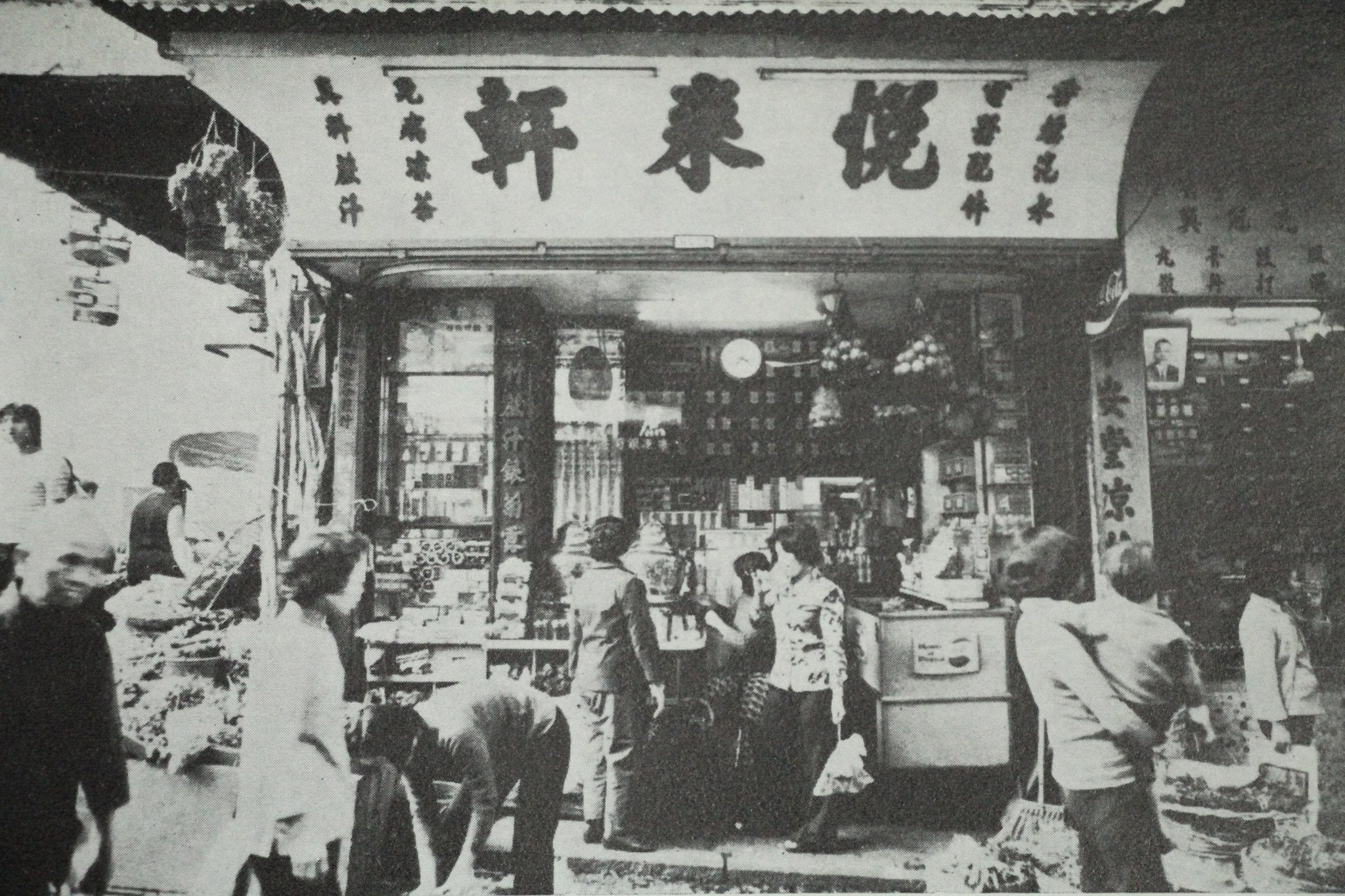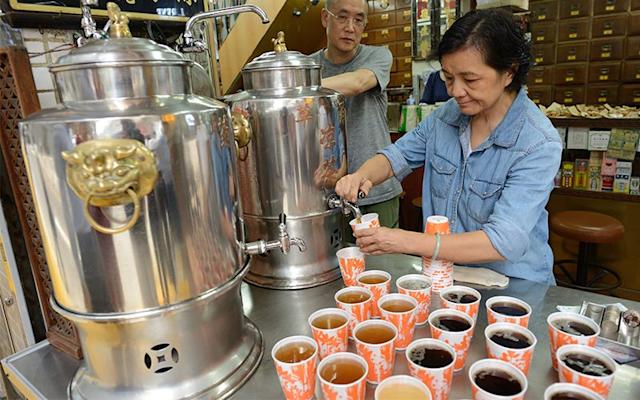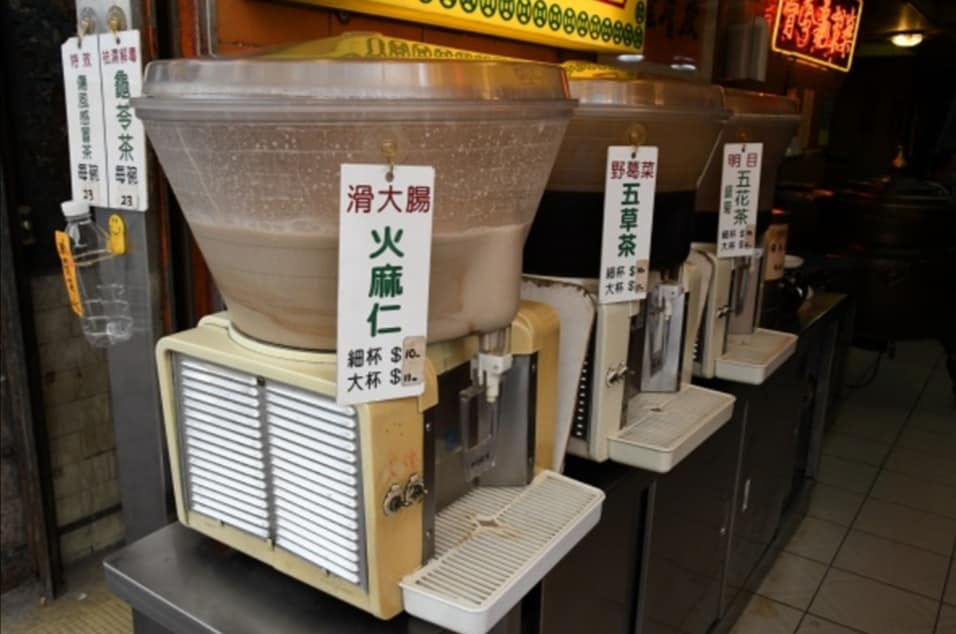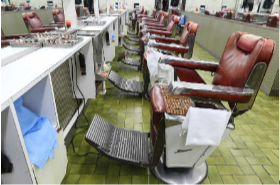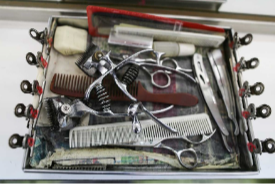
Old Theatres
老劇院
From the 1960s to early 1980s, Hong Kong’s cinemas faced its splendor age making the movie industry formerly prominent in Hong Kong. Major majestic and grand cinemas such as Palace Disco, Lee Theatre, Empire Theatre (formerly called State Theatre) and Tai Ping Theatre were flourishing.
It is estimated that there were approximately 120 cinemas during the golden age. Cinemas were gigantic with 500 - 600 seats in common. It was also easy to find cinemas with more than a thousand seats classified into front stall, middle stall, back stall while superior and premier class were mostly located on the second or third floor. Standard tickets ranged from 50 cents to 2 dollars. Nevertheless, grassroots citizens’ wages were around 200-300 dollars.
